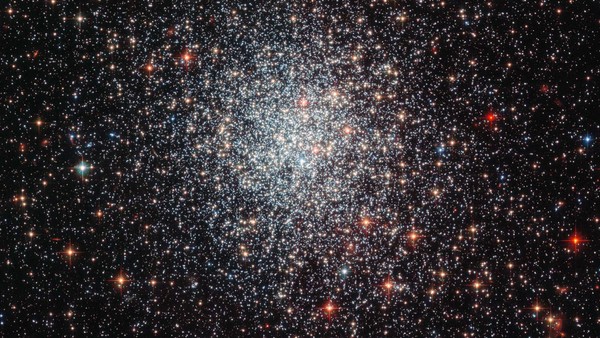9 Most Popular Flat Earth Arguments, Debunked
5. Why It’s B*llocks: Space Is Big And The Stars Do Move

Again, we come across the issue of scale, or more specifically, the lack of comprehension thereof.
The distance between the Earth and even the nearest stars is enormous. Whatever you're thinking now, go bigger. No, even bigger. Time lapse photography of the stars taken over the course of a night is not sufficient to demonstrate the subtle shifting of the stars that takes place over the course of the year.
So, the stars don't move in one night (okay, they do, but about 0.018 pixels in 12 hours), but the stars do move. It's a concept in astronomy known as Stellar Parallax, and can be used to calculate the distances of different stars using trigonometry. You can visualise the technique by holding your finger up about a foot away from your face, and focussing on an object that is further away. by moving your head, you can make it appear as though the two are shifting in relation to one another, even though they are stationary.
The changes measured using the stellar parallax technique are generally too miniscule to be useful, particularly when we can calculate distance using red-shift, but the point is that they are measurable.